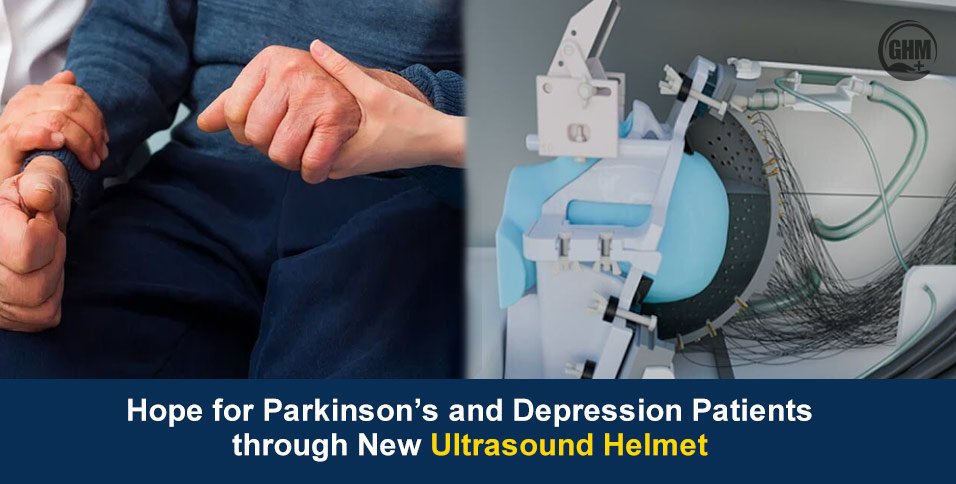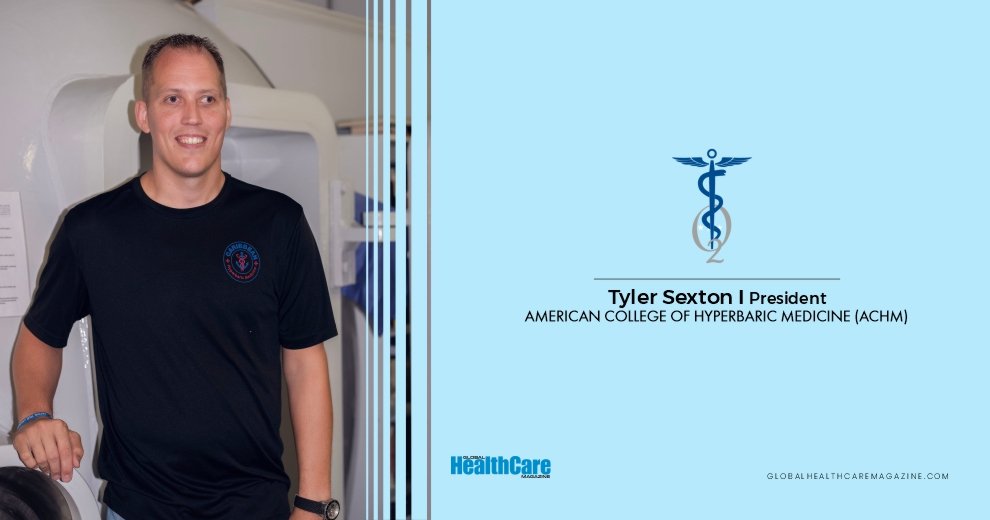In a groundbreaking development, researchers have unveiled a non-invasive ultrasound helmet that can precisely target and modulate deep-brain circuits without the need for surgery.
For decades, patients with Parkinson’s disease and severe depression have relied on invasive brain surgeries like Deep Brain Stimulation (DBS) to manage symptoms. These procedures, while effective, involve inserting electrodes deep into the brain, a process that comes with risks like infection, bleeding, and long recovery times.
This innovative approach could transform how neurological and psychiatric disorders are treated.
Working of Ultrasound Helmet
The new ultrasound helmet is designed to deliver targeted sound waves to specific brain regions such as the basal ganglia and thalamus. Its structures are deeply involved in movement, mood, and behavior.
- Non-invasive technology: The device is worn like a cap, requiring no cutting or drilling into the skull.
- High precision: It focuses ultrasound beams on exact brain circuits, minimizing side effects.
- Real-time monitoring: Doctors can track how the brain responds during therapy, allowing for immediate adjustments.
This innovation is a leap forward compared to existing treatments. DBS has been the gold standard for managing advanced Parkinson’s, but it demands a complex surgical procedure. By contrast, an ultrasound helmet could perform therapy in an outpatient setting, similar to a routine medical scan.
Hope for Parkinson’s Patients
Parkinson’s disease affects more than 10 million people worldwide, causing tremors, stiffness, and difficulty with movement. While medications like Levodopa help control symptoms, their effectiveness often declines over time, leaving many patients with limited options.
Ultrasound brain therapy offers a potential lifeline,
- Symptom relief without surgery: Early studies show a significant reduction in tremors and rigidity.
- Reduced recovery time: Patients may resume daily activities within days instead of weeks.
- Lower risk of complications: No surgical incision means no risk of infection or scarring.
Ultrasound Therapy for Depression Treatment
Depression, especially treatment-resistant depression (TRD), is another area where this technology shows promise. TRD affects millions of people who do not respond to conventional antidepressants or therapy.
The ultrasound helmet can target deep brain regions linked to mood regulation, such as the subgenual anterior cingulate cortex. By gently modulating neural activity this helps restore balance in mood circuits.
- Non-drug alternative: Reduces reliance on medications with severe side effects.
- Personalized treatment: Therapy can be tailored to the individual’s brain activity patterns.
- Quick response time: Some patients report noticeable improvements after just a few sessions.
Comparing Traditional vs. Ultrasound Treatment
| Factor | Deep Brain Stimulation (DBS) | Ultrasound Treatment |
| Invasiveness | Surgical implantation required | Completely non-invasive |
| Recovery Time | Weeks to months | Days |
| Risks | Infection, bleeding, scarring | Minimal |
| Precision | High | Even higher due to real-time targeting |
| Cost (Projected) | Very high | Expected to be lower once widely adopted |
Challenges and Next Steps
While the results so far are promising, researchers emphasize that brain therapy through an ultrasound helmet is still in the experimental stage. Large-scale clinical trials are needed to confirm its long-term safety and effectiveness.
Key challenges:
- Regulatory approvals: Gaining clearance from health authorities like the FDA.
- Access and affordability: Making the technology available beyond major hospitals.
- Training specialists: Ensuring neurologists and psychiatrists are skilled in its use.
Precision with Non-Invasive Neuroscience
This innovation is part of a growing movement toward non-invasive brain therapies. Similar techniques, such as transcranial magnetic stimulation (TMS), have already shown success in treating depression. However, ultrasound offers deeper penetration and higher precision, opening possibilities for a broader range of neurological disorders.
Future applications could include:
- Alzheimer’s disease
- Obsessive-Compulsive Disorder (OCD)
- Epilepsy
- Chronic pain management
Conclusion
For millions battling Parkinson’s disease and depression, therapy through an ultrasound helmet represents a beacon of hope. It combines cutting-edge technology with patient-centered care, offering a safer, faster, and potentially more effective alternative to brain surgery.
As research advances, this revolutionary helmet may soon help rewrite the future of neurological and mental health treatment.



















